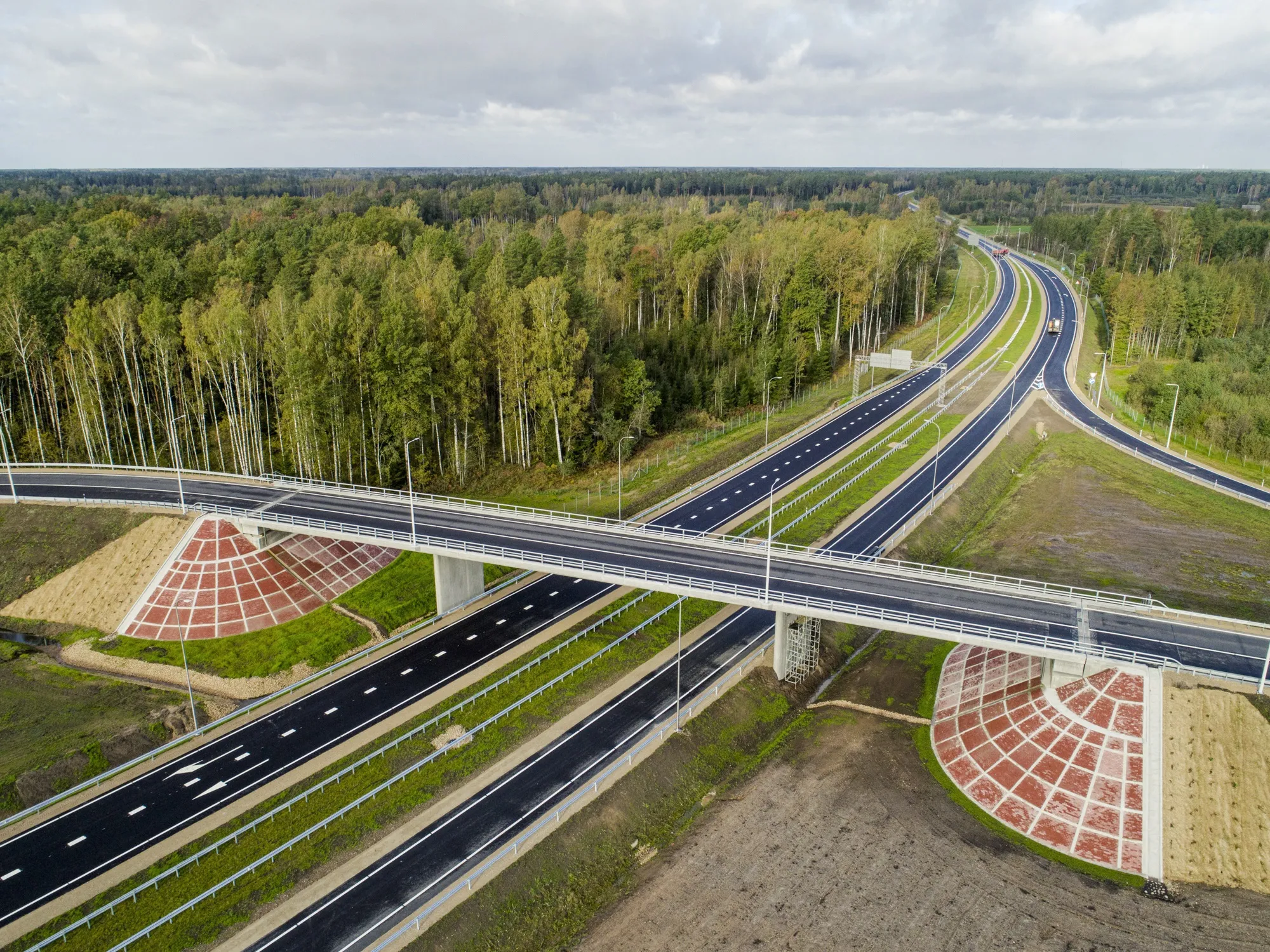The Goldman Sachs Infrastructure Partners II-Abertis Infraestructuras consortium has been chosen by the Puerto Rican Government to operate the PR-22 and PR-5 motorways for a period of 40 years for US$1.08 billion. The operation will be formalised in September 2011.
April 19, 2012
Read time: 1 min
The 5029 Goldman Sachs Infrastructure Partners II-Abertis Infraestructuras consortium has been chosen by the Puerto Rican Government to operate the PR-22 and PR-5 motorways for a period of 40 years for US$1.08 billion. The operation will be formalised in September 2011. The consortium will finance 40 per cent of the project via capital contributions carried out by shareholders. The remaining 60 per cent will be financed with long-term debt, which 12 financial entities have signed.
The PR-22 motorway, which connects San Juan and Arecibo, has average daily traffic levels of 84,000 vehicles. The two motorways generated revenues of US$90 million in 2010.
The PR-22 motorway, which connects San Juan and Arecibo, has average daily traffic levels of 84,000 vehicles. The two motorways generated revenues of US$90 million in 2010.










